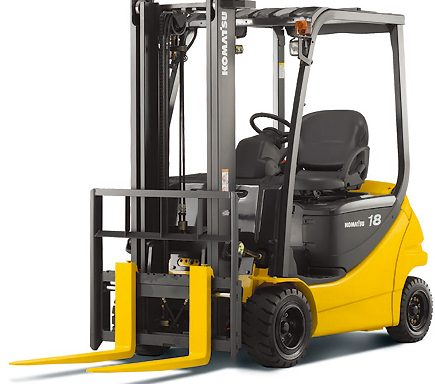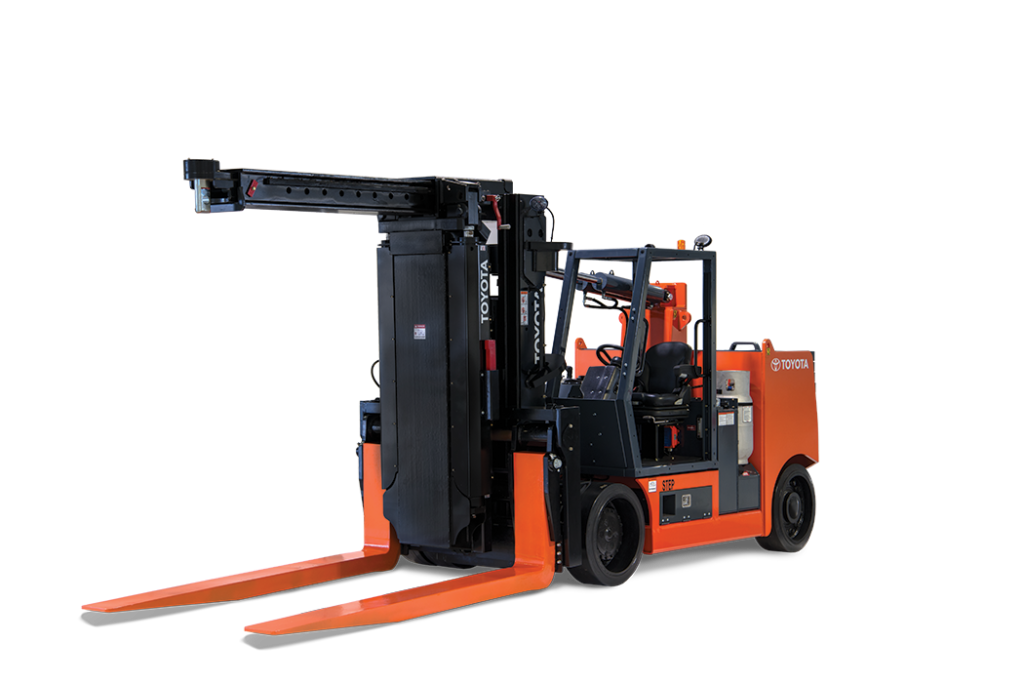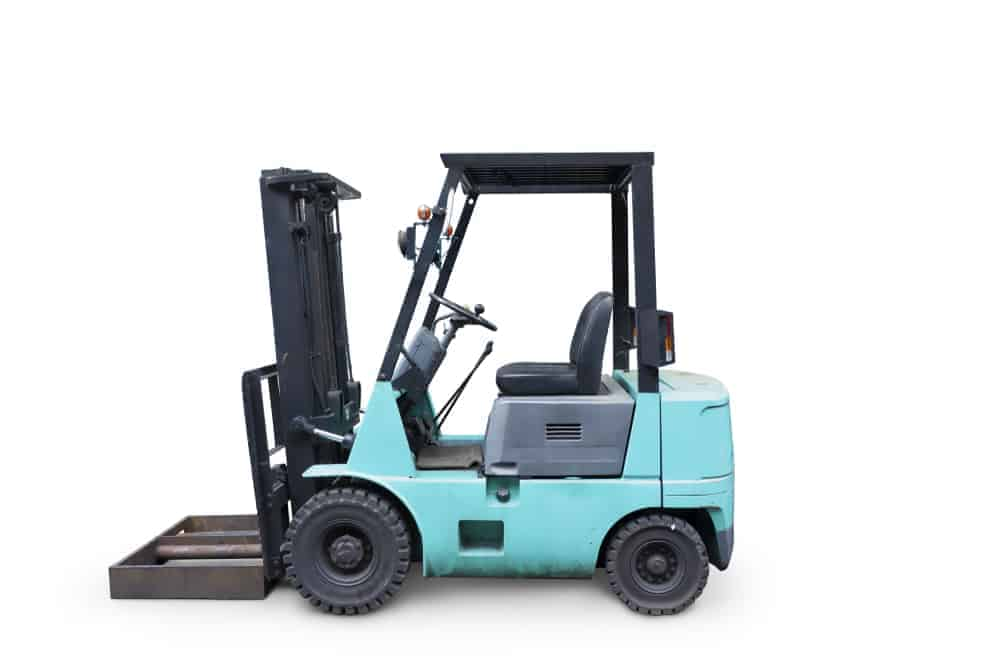Counterbalanced ForkliftReading time: 04 min 35 sec. Table of Contents1. Summary2. What is a Counterbalance forklift? 3. Different Types of Counterweight Forklifts 4. FAQs about counterbalance Forklift 5. Choose Lift Parts Warehouse to buy Forklift Parts 6. Takeaways SummaryA counterbalance forklift enables lifting operations using counterbalanced loads for stability and safety reasons. The counterbalance design features three sets of counterweights to balance the weight of the load being lifted. These sets are placed at either end of both sets of forks (mast assembly), where they provide stabilization during the lifting and lowering process and a counterbalance to the load. What is a Counterbalance forklift?
A counterbalance forklift has counterweights on opposite corners of the mast, opposite counterweight positions on the rear axle, and opposite forks. The counterweights balance out the load being carried by that forklift. 
Different Types of Counterweight ForkliftsThere are two significant types of counterbalance forklifts – two-post and four-post – designed for different purposes. A counterbalance forklift can be custom designed for specific applications such as
Two-Post Counterbalance ForkliftThe counterweight counterbalance forklift comes in the two-post style, with counterweights mounted at either end of both mast assemblies and under each set of forks. Two-post counterbalanced forklifts are used to lift material off the ground or floor for a variety of reasons, such as
They are designed with sufficient size counterweights to lift heavy loads, mainly when they are lifted off the ground or floor surface.
 Four-Post Counterbalance ForkliftFour-post counterbalance forklifts come in two variations – four-point and steering wheel counterweight forklift types; both operate identically but have differences in appearance. They can be used for transporting materials over rough terrain and low work platforms because they are fitted with large counterweights capable of carrying heavy loads. Four counterbalance forklift models have counterweights, the front two-mast assemblies, and the back counterweight positions on the rear axle. With this design, they can raise material four feet off the ground or floor surface, enabling them to carry large loads too high for other types of forklifts. The steering wheel forklifts also come in standard forklift or walkie versions, making materials easy to move over rough terrain surfaces.
 FAQs about counterbalance ForkliftWhat is a counterbalanced forklift?A counterbalance forklift has weights opposite ends of both sets of forks (mast assembly), providing stabilization during the lifting and lowering process counterbalance to the load. What types of counterbalance forklifts are available?Two major counterweight counterbalance forklift models are two-post and four-post counterbalance forklifts capable of carrying heavy loads. The steering wheel forklifts come in standard forklift or walkie versions making materials easy to move over rough terrain surfaces. How much does a counterbalanced Forklift cost?A counterbalance lift truck can cost anywhere from $20,000 to $100,000 depending on the model, year manufactured, and condition of the unit being purchased. When were counterbalanced Forklifts first developed?Counterbalanced lift trucks have been around as early as 1780, but the modern-day design was not designed until the late 1950s. Are counterbalanced Forklifts available in different sizes?Counterweight counterbalanced forklift models range from 12,000 to 40-ton counterbalance forklifts capable of carrying heavy loads for various uses. What type of counterbalance forklifts are used indoors?The four-post counterbalance forklifts have been designed to work inside a warehouse or storage facility and other small areas where overhead clearance is limited. Are counterweight counterbalance lift trucks safe?Standard safety features all counterbalanced LPG-gasoline forklifts, including
Are counterbalanced forklifts a suitable Forklift to buy?This forklift is a great worker who improves productivity, increases safety standards, and reduces injuries. As with any purchase you have choices to make, be sure to consider price, condition of lift truck being purchased for, warranty or non-warranty depending on model year manufactured before making your final decision. How many controls in Four Post counterbalance Forklift?The four-post counterbalanced forklifts can typically be found with the following controls: Engine starts/stop button, horn control, hand throttle control (gasoline units), forward/reverse shuttle switch, hi-low range selector switch. How much can a counterbalanced forklift carry?Four-post forklift models range in available counterweight counterbalance capacity from 30,000 lbs to 60,000 lbs with load center capabilities of 48" and 54". Why choose Lift Parts Warehouse to buy Forklift Parts?Lift Parts Warehouse is a supplier of high-quality forklift parts and equipment. Lift Parts Warehouse offers quality products from many leading brands, including Takeaways
|

First Order Special
GET 5% OFF
On Your First Purchase!
Use this discount code
5PERCENTOFF
note: One redemption per account/IP address only

